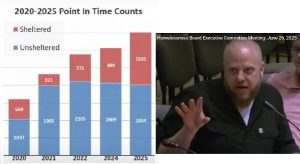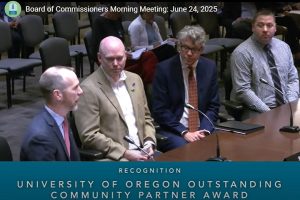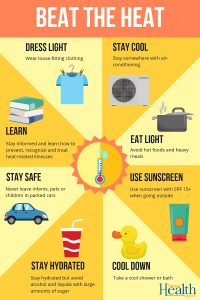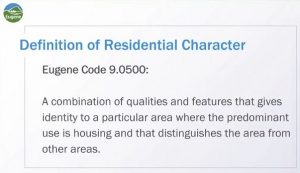Mission Ems-possible: Could we please just vote on it?
7 min read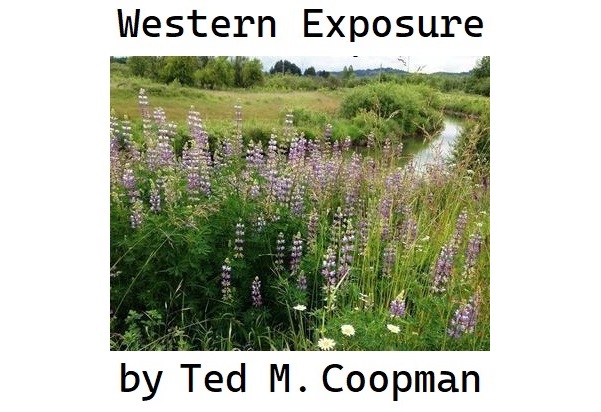
by Ted M. Coopman
The long saga of the proposed athletic facility at Lane Events Center (LEC) with the Eugene Emeralds as the anchor tenant looks to be nearing its climax. The Emeralds have offered $23.5 million upfront on a lease for what would be a publicly-owned stadium and supporting athletic facility.
The capacity would be about 4,200 and, using the field, 10,700 for larger events. The stadium will cost about $74.2 million to construct. Contingencies and soft costs bring the final stadium price to $90.5 million. Construction of a new livestock facility will add another $10 million.
After numerous votes by the Lane County commissioners, hundreds of thousands of dollars in staff time, raising the transient room and rental car taxes to about the state average, and millions of dollars committed from the state of Oregon and federal government, the Eugene City Council voted to approve putting a $15 million bond on the May 21 primary ballot—about $34 a year per property.
Previously, City Council had put a precondition that the county needed to state it was willing to proceed. But wait, in classic City Council prevarication and both-sides-ism, council members also have scheduled a vote in March to maybe, perhaps pull the bond measure from the ballot.
Apparently, some councilors feel the county commissioners’ commitment to the project is lacking because they have not explicitly stated how much of the transient room and rental car tax they are going to contribute. However, the lack of a dollar figure is not based on the county’s reticence to commit resources, but rather is due to not knowing how much additional money—like the Eugene bond—will be forthcoming.
Obviously, the county is “pot-committed” and has millions in state and federal money, and their reputations, on the line. The county just needs Eugene to do its fair share. I hope a City Council majority will decide to let voters decide this time. This would set a good example of City Council doing something with us as voters and taxpayers instead of just to us.
The lease of our problems
Counter to the rhetoric, the facility is not a private facility built with public money on public land. Rather, it is a public facility built with private money. As in many commercial lease arrangements, the owner of the land will build a facility to the specifications of a tenant under a lease agreement. The athletic facility is not that different.
The huge advantage is, unlike a commercial landlord, the Lane Events Center can use that facility for its own events. A bonus is the livestock pavilion also will get rebuilt. An examination of the existing facility revealed it is not worth remodeling.
The situation is not novel. The Emeralds invested $2 million at PK Park to help build the stadium. In exchange, the university gave them a 20-year lease agreement which runs to 2030. Obviously, they won’t see that lease through because of the contract demands of Major League Baseball (UO keeps the money). The Ems are coming into this project with over five times the amount of money that they did back in 2010 for essentially the same lease.
Minor league impacts
Any facility would have a maximum capacity of about 4,200 for games, and based on current Ems game attendance, about 3,500 with 1,300 vehicles parked. Lane Events Center (LEC) currently has about 2,500 parking spaces. In comparison, county fair daily attendance is 15,000-24,000 on weekdays and 20,000-32,000 on weekends; the Home and Garden Show draws about 20,000.
Even at maximum capacity, any event at a stadium would be much smaller than the largest events at the LEC. Certainly, it will generate more traffic, light, and noise overall, but so will any additional events.
And there will be additional events with or without the athletic facility. LEC is committed to increasing the use and revenue of the facility as it is self-supporting. When the LEC deeded the land for the Keystone Apartments permanent supportive housing project, the agreement was that no more land would be taken for housing or other non-event facility purposes.
Other potential development includes an RV park and small hotel. The idea of moving the facility out of town and putting in housing or retail is perennial. Current vendors have stated they are not interested in an out-of-town facility. Such a move would cost hundreds of millions of dollars. A more rural setting would also require attendees drive with commensurate climate impacts.
Bottom line: There is no Chess Arena and Mime Academy on offer. Any development is going to result in increased impacts. The question is what we get for those impacts. It turns out, with the new athletic facility, we get a lot.
Financial Em-pacts
If you are a city resident you may ask, “Why should I vote to increase the assessments on my already-too-high property taxes even if it is only $35 on average? Especially to build a baseball stadium.”
Good question! Well, for the Eugene Emeralds, if the team does not get that facility, the organization will after 70+ years leave Eugene. That is not the team being difficult. That is Major League Baseball telling the team if it does not get a better facility, it can’t keep its franchise. Believe me, there are other cities eager for the opportunity to scoop up the Emeralds. The reason to vote ‘Yes’ is that your return on investment on the $15 million of your $35 contribution is massive.
An ECO Northwest analysis estimated that if the Ems left, Eugene would lose $40.3 million in economic output, $17.7 million in labor income per year, as well as 317 jobs—full-time, part-time, and seasonal.
In addition, if the stadium is not built, we will lose $1,049,000 in state personal income tax receipts for each year it does not operate.
Because Lane County has a large labor force and local supplier network, a large share of the direct spending and labor income will stay in the county. If built in Eugene, the stadium’s construction will stimulate $127.8 million in economic output, $47.9 million in labor income, and 684 jobs.
Cultural and charitable Em-pacts
The Ems contribute hundreds of thousands of dollars and countless volunteer hours and promotion to over 280 Lane County nonprofits, such as Boys and Girls Clubs, American Cancer Society, and Centro Latino Americano among others. The Ems have hosted food drives for FOOD for Lane County, drives for school and cleaning supplies for local school districts, blood drives for American Red Cross, and even a diaper drive to help Relief Nursery.
Staff also dedicate volunteer hours at Greenhill Humane Society, FOOD for Lane County, and doing field prep at Ted Norman Memorial Baseball Complex. During the Holiday Farm Fire and its aftermath, the team worked with local partners, including Kendall Auto and The Hope Project, to provide hot meals and create local distribution centers.
The Ems also raised $2,000 with the sale of custom McKenzie River Strong shirts. The Emeralds was the first professional baseball team to wear uniforms celebrating PRIDE Day.
Finally, the team plays every Sunday as Los Monarcas de Eugene, which honors our growing Latino community with special uniforms, music, and food. That is SO Eugene.
Em-pressive!
For all these reasons a $15 million bond is a good investment. Few things we could do as community have a higher return. City and county governments regularly offer assistance and incentives to businesses because of the benefits outweighing the costs. The stadium project can also show that Eugene and Lane County can be bold and do big things for the community. At the very least, let Eugene voters have the final say.
Disclosure: The Executive Board of Jefferson Westside Neighbors voted in 2022 to support the Ems facility providing that significant neighbor concerns were addressed. As its independently elected chair, I can take my own position and have advocated for the project because I think it would be good for the neighborhood and Eugene. The Ems have donated materials and services to the JWN for our annual picnic and other events and provided a matching grant for our Historic District Task Force.
Western Exposure is a semi-regular column that looks at issues and challenges from a West Eugene perspective – a perspective that is often ignored or trivialized by city leadership and influential groups and individuals largely based in south and east Eugene.
Western Exposure rejects the fauxgressive party line, performative politics, and “unicorn ranching” policy in favor of pragmatism focused on the daily experiences of residents and small businesses in Eugene—and West Eugene in particular.
Ted M. Coopman has been involved in neighborhood issues since 2016 as an elected board member, and now chair, of Jefferson Westside Neighbors and has 30+ years experience as an activist and community organizer. He earned a Ph.D. in Communication (University of Washington) and served on the faculty at San Jose State University from 2007 to 2020.
Ted’s research on social movements, activist use of technology, media law and policy, and online pedagogy has been published and presented internationally and he taught classes ranging from research methodology to global media systems. He and his spouse live in Jefferson Westside with an energetic coltriever and some very demanding and prolific fruit trees.
